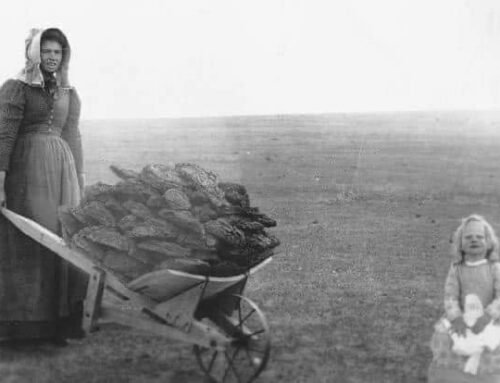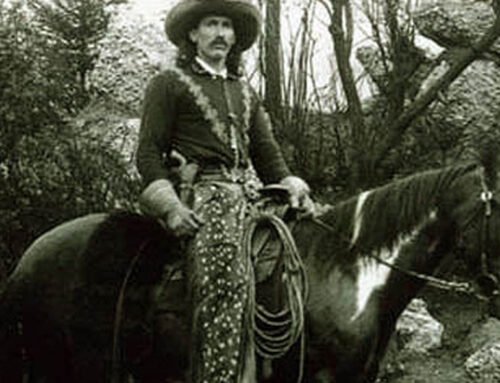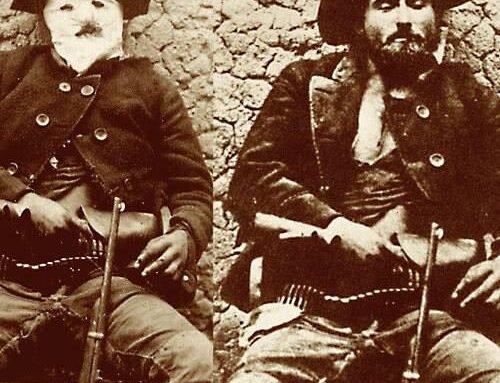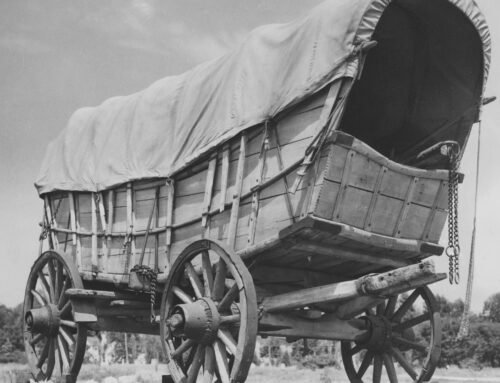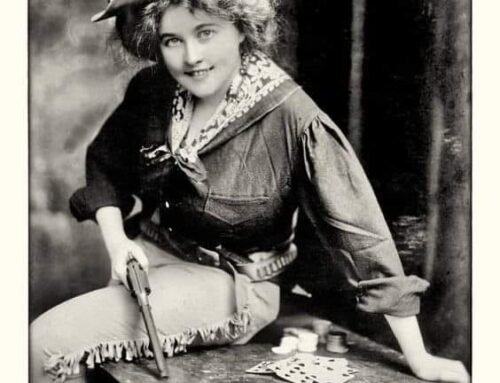American Quarter Horse
By western author Nick Brumby
“No hour of life is wasted that is spent in the saddle.”
— Winston Churchill
Heavily muscled, hardy, and acutely intelligent, the America Quarter Horse was the horse that won the West.
 Reputed to be the oldest all-American breed, the Quarter Horse was essential to frontier life for a very good reason – it could do almost everything. For this reason, it is also known as the world’s most versatile and most popular breed of horse.
Reputed to be the oldest all-American breed, the Quarter Horse was essential to frontier life for a very good reason – it could do almost everything. For this reason, it is also known as the world’s most versatile and most popular breed of horse.
The Quarter Horse’s compact and muscular frame makes it well suited for whatever needed doing – reining, cutting, working cow horse, barrel racing, calf roping, and other western riding events, especially those involving live cattle. It has shined both as a racehorse and when performing in rodeos, horse shows, and as a working ranch horse.
It excels at sprinting short distances. Its name refers to its ability to outrun other horse breeds in races of a quarter mile or less; some have been clocked at speeds up to 44 mph (71 km/h). All of these qualities made for a superlative horse for cowboys and other riders across the Old West.
This versatility means that there are more than 6.6 million living American Quarter Horses registered in the United States (as of 2024), with approximately 80,000 new registrations being filed each year.

The breed originated about the 1660s on the Eastern seaboard of colonial America, as a cross between native horses of Spanish origin used by the earliest colonists and English Thoroughbreds imported to Virginia from about 1610.
The native horse breed used was the Mustang, a free-roaming, far-ranging wild descendent of the Barb, introduced into the American Southwest by Spanish explorers and missionaries. It was the Mustang that made the Plains Indian the toughest mounted warrior the world had ever seen.
The Quarter Horse was the horse that broke prairie sod where farms would be, carried buffalo hunters across the Llano Estacado, and made up the remudas of cow outfits across the West.
 In the 19th century, pioneers heading West needed a hardy, willing horse with common sense. The Quarter Horse was perfect. They were quick, tough and hardy – traits necessary and suited to life on the rnages with few creature comforts. They could carry a man about his business all week long and then race hard on the weekend. The Quarter Horse moved west with the men who craved wide-open spaces, to the Midwest, to Texas and out onto the Great Plains.
In the 19th century, pioneers heading West needed a hardy, willing horse with common sense. The Quarter Horse was perfect. They were quick, tough and hardy – traits necessary and suited to life on the rnages with few creature comforts. They could carry a man about his business all week long and then race hard on the weekend. The Quarter Horse moved west with the men who craved wide-open spaces, to the Midwest, to Texas and out onto the Great Plains.
Quarter Horses come in nearly all colors, but all are solid. The height of mature animals varies from 14.3 to 16 hands and their weight varies from 950 to 1,200 pounds (431 to 544 kg). They have a calm, cooperative temperament.
The breed’s quickness and agility made it ideally suited to the tasks of the developing frontier, while its good-natured disposition and natural cow-sense made it a favorite mount among cowboys during the open-range era of the West.
Quarter Horses quickly became the cowboy’s favorite. They called them ‘Steeldusts’, after the legendary stallion Steel Dust, whose racing triumphs were known throughout cow country. Foaled in Kentucky, Steel Dust came to Texas as a yearling in 1844. His progeny and his legend spread as cowboys drove Longhorns up the trails from Texas and opened the Great Plains to ranching.
The name Steel Dust came to identify an entire breed of horse; ‘Steeldusts’ were heavy-muscled horses, marked with small ears, a big jaw, remarkable intelligence and lightning speed up to a quarter of a mile. Over time, more Thoroughbred blood was added into the developing American Quarter Horse breed. The American Quarter Horse also benefitted from the addition of Arabian, Morgan, and even Standardbred bloodlines.
 The most significant feature of the Quarter Horse, its muscular and powerful hind quarters, are a common aspect of the breed no matter what its lineage. Unlike the Thoroughbred, however, with its long narrow head, the Quarter Horse has a wide head and gullet. This allows more air to travel to and from the lungs, allowing more oxygen into the blood during exertion. In contrast to its muscular and bulky hind quarters, the Quarter Horse has a fine and flexible neck, allowing for agility and balance during movement.
The most significant feature of the Quarter Horse, its muscular and powerful hind quarters, are a common aspect of the breed no matter what its lineage. Unlike the Thoroughbred, however, with its long narrow head, the Quarter Horse has a wide head and gullet. This allows more air to travel to and from the lungs, allowing more oxygen into the blood during exertion. In contrast to its muscular and bulky hind quarters, the Quarter Horse has a fine and flexible neck, allowing for agility and balance during movement.
Steeldusts excelled in the main duty of the ranch horse in the American West — working cattle. Even after the invention of the automobile, horses were still irreplaceable for handling livestock on the range. Thus, major Texas cattle ranches, including the King Ranch, the 6666 Ranch, and the Waggoner Ranch played a significant role in the development of the modern Quarter Horse.
The skills required by cowboys and their horses became the foundation of the rodeo. The Quarter Horse still dominates in events that require speed as well as the ability to handle cattle.Sprint races were also popular weekend entertainment and racing became a source of economic gain for breeders.
Texas remains the home of the Quarter Horse, with more than 450,000 American Quarter Horses living there alone. For some perspective, in the entire country of Canada there are only 250,000 registered quarter horses.

About Nick Brumby
I like a good story. And of all stories, I love westerns the most.
As a kid, I spent far too many afternoons re-watching Clint Eastwood spaghetti westerns, picking up ‘Shane’ for just one more read, or saddling up beside Ben Cartwright when ‘Bonanza’ was on TV each afternoon.
I’m a former journalist and I love horses, dogs, and the occasional bourbon whiskey. I live with my wife, daughter and our ever-slumbering hound in a 1800’s-era gold mining town – our house is right on top of the last working gold mine in the area. There may not be much gold left, but there’s history wherever you look.
I hope you enjoy my westerns as much as I enjoyed writing them!
Happy trails,
Nick






















